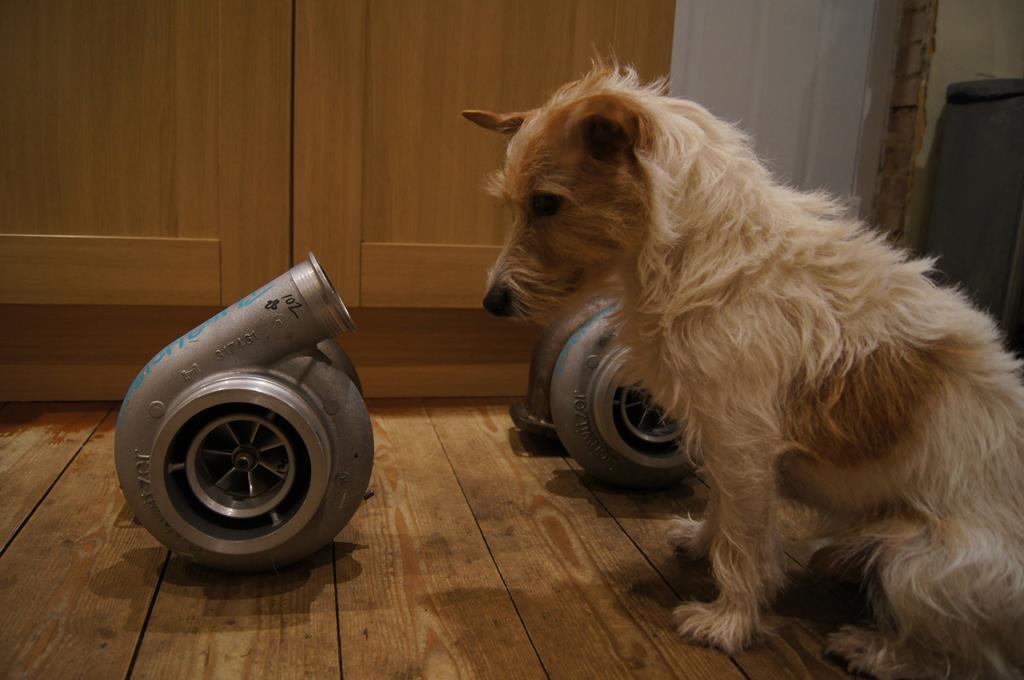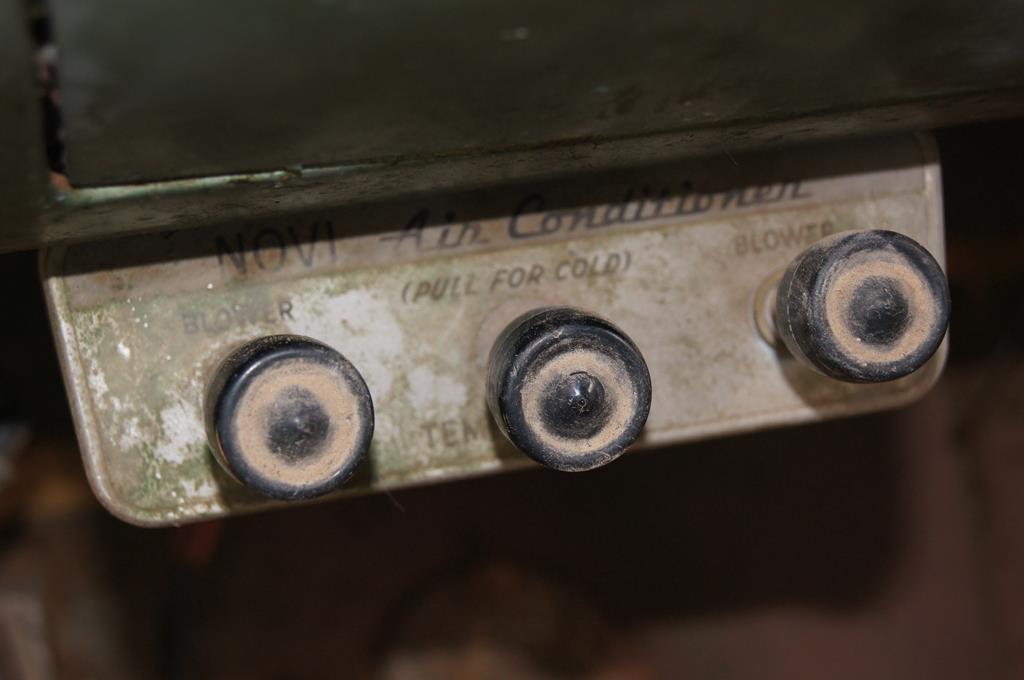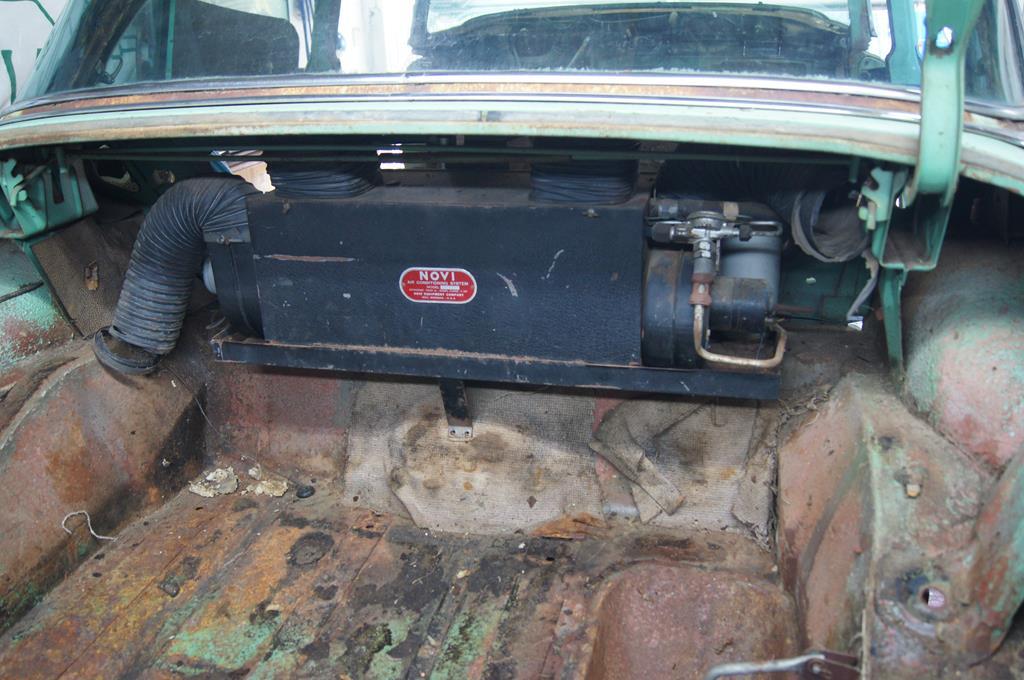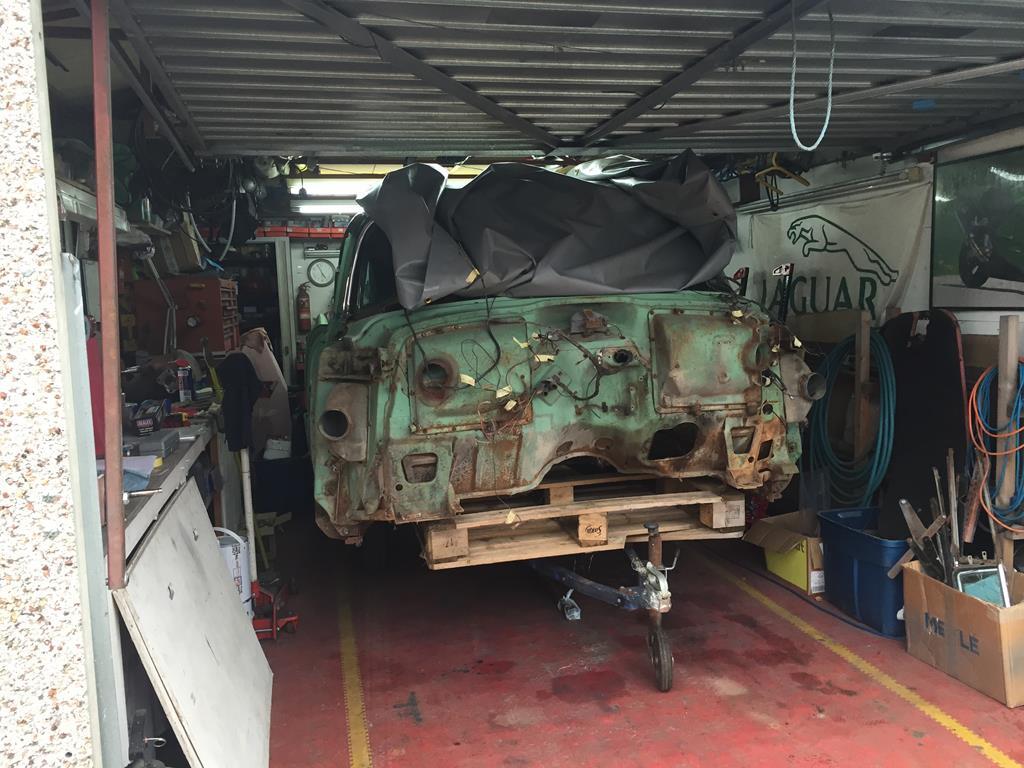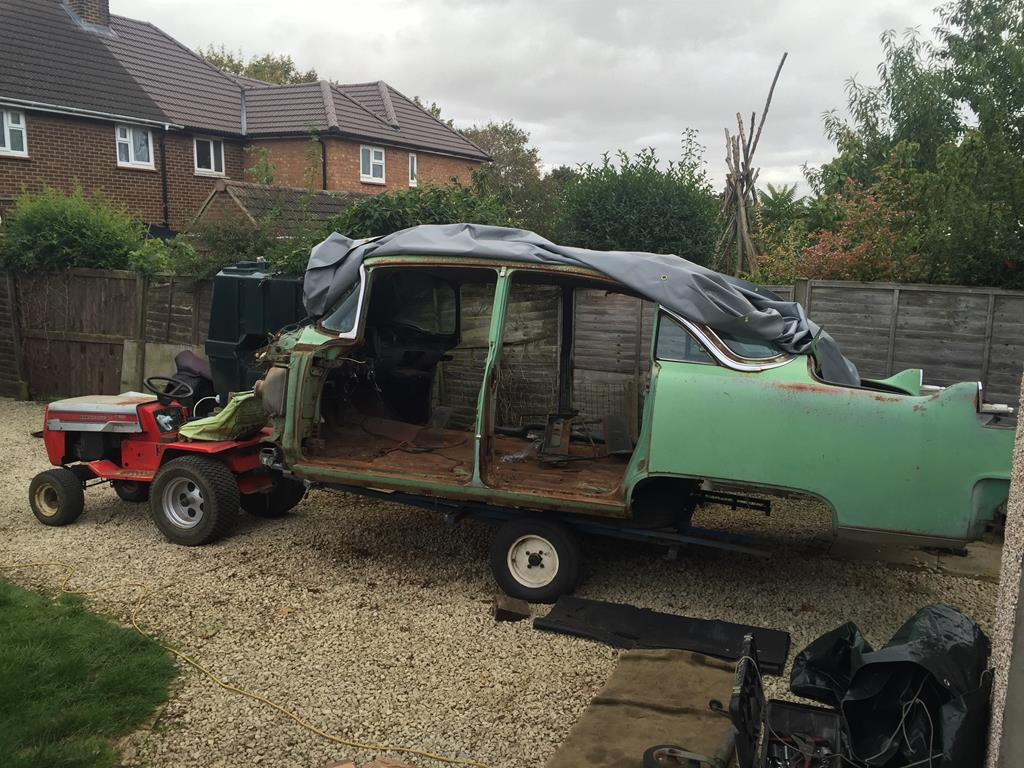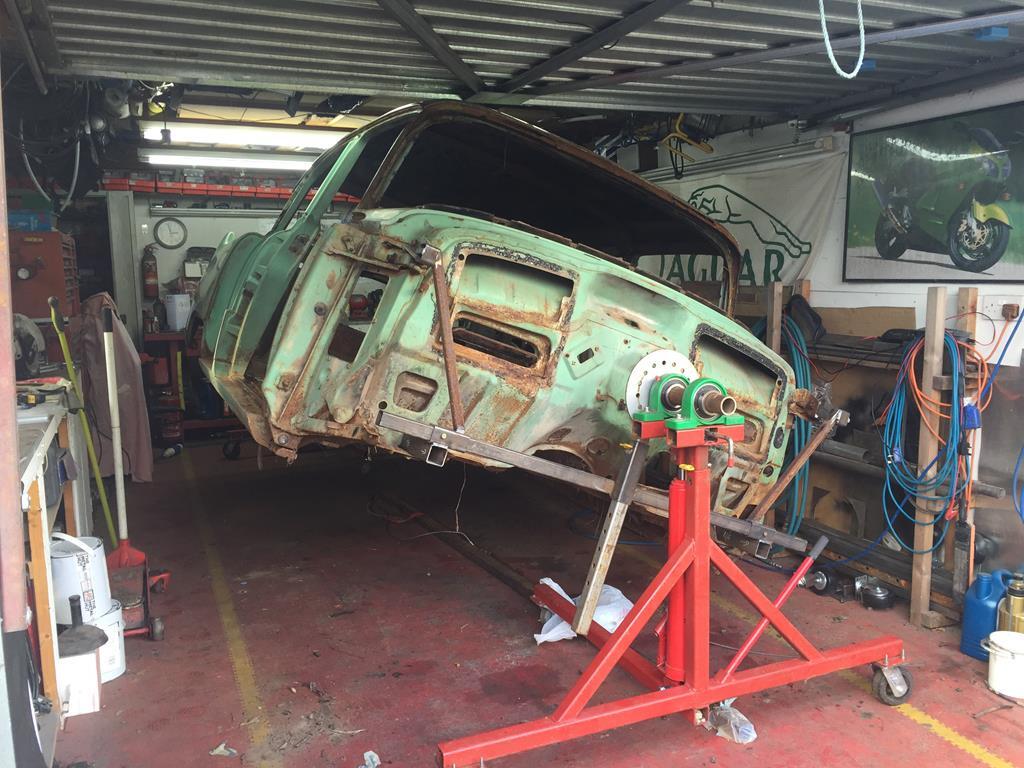A lot of it is down to the state of tune from the factory though.
Even the high performance, high compression, big displacement engines from the sixties were running in what would be considered a medium state of tune by European standards of the time. Your regular luxury big-three family sedan was all torque, designed with large valve overlap and long stroke to provide smooth running on the worst fuel served up in the backwaters of the boonies. If it made the car able to go from 45 to 70 rapidly that was enough, even through a 2-speed slush-o-matic with an overdrive top gear and a heavy reliance on the torque converter. Matters not because fuel was (comparitively) cheap.
Then, through the seventies the same big engines were choked down heavily with smog regulation junk which didn't help much.
Net result is a big engine that's pretty lively but will run at a low peak horsepower-per-litre no matter where the distributor is set, how far off the jetting of the carb is and how much energy is being lost past the rings. It's not until you begin heavily reworking the cam, intakes and exhaust systems that the engines begin to get picky about how they're set up. You then begin to lose the characteristics of a big lazy engine, and start to have it behave more like the big displacement European designs- high idle (1000 rpm+), very peaky torque delivery, high rpm power band- and they begin to get stroppy. You'll begin to get misfires because it's fouling plugs because it's been run at low RPM on a high CFM carburetor which has difficulty keeping mixture at the low end, virtually no vacuum at those speeds and generally a poor set of road manners until you open it wide up and start to hoon about. By then, 1-2 degrees of timing makes the difference between an engine that now has a habit of eating pistons because of detonation that you don't notice because hell, it's running well and it's fast and makes that glorious high-speed V8 rattling crackle when it's being wrung out to dry.
So yeah, they can be built up into monsters if that's what you want, but you gotta put yourself in the right mindset for the vehicle. GM's X frame chassis design is really pretty dire when it comes to high power output, it twists and makes the handling of a moderately heavy car even more mediocre than it was to begin with. With the body on, engine and transmission in, jack it up on the chassis under the A pillar and watch the bumper move in relationship to the front fender... They're big cruisers. They can be made to go stupidly fast and embarrass a lot of modern cars on the motorway or from a set of lights but this car's about having oodles of lazy torque (which a pair of turbochargers would be boosted significantly) but within the limits of the chassis.
Have fun but don't lose sight of what this car was originally penned to be and I think you'll have the most fun you can with it.
Watching with interest.
Phil






